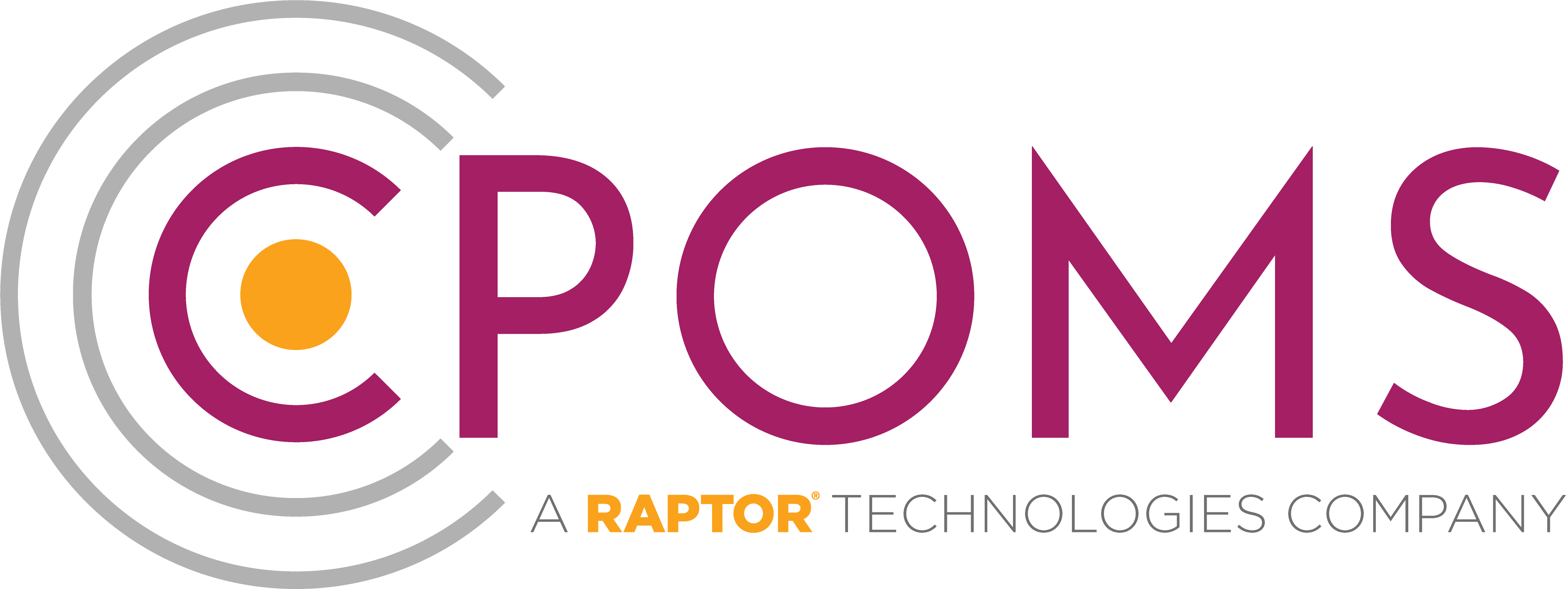Although attending a child protection conference can feel intimidating, especially if it is your first time, there are many ways in which you can prepare for the process.
As a teacher or safeguarding lead, making sure that you take the time to thoroughly prepare for a conference can make all the difference to the individual student whose circumstances will be discussed. Ensuring that you know what to expect in a conference and that you have all the relevant documents to hand will also aid in ensuring that the conference runs smoothly.
What is a Child Protection Conference?
Child protection conferences are arranged when a child is believed to be suffering ‘significant harm.’ They are set up between schools, social services, and other relevant agencies that are responsible for the safeguarding and wellbeing of children and young people.
A child protection conference can take place as a result of concerns raised by schools which are then passed on to the police, or children’s services who decide whether a conference should be held to protect the child from harm. The conferences are overseen by an independent body and will assess whether the child’s name needs to be put on the child protection list as a result.
The aim of a child protection conference is to determine a fully rounded picture of the levels of risk a child may be facing. Once this has been assessed, then a plan can be put in place to outline how to keep the child safe in the future.
Preparing for a Child Protection Conference
A conference is most productive when all the representative parties are as well prepared as possible to outline their concerns and observations about the safeguarding and wellbeing of a child.
As a representative you will be asked to provide a report outlining why and how the child in question may be at risk. The report should include information such as the child’s health, emotional development, social capacity, and self-care skills. It’s important that this report contains all the relevant information as this is likely to have an impact on the outcome for the child when it comes to next steps.
Creating Chronologies
According to the Social Work Inspection Agency (2010) “chronologies have become one of the most talked about and least understood tools in modern social work practice”.
Inputting any concerns about a child’s wellbeing into safeguarding software, whether that be physical, behavioural, or emotional is key to creating a full chronology so that a well-balanced and informed decision can be made based on the collective information. By consistently logging any safeguarding or wellbeing concerns, it will save time and resources if you need to pull together a full chronology of a child for a conference in the future.
CPOMS makes producing effective reports and chronologies much quicker and easier than manually going through data stored on pieces of paper. The software can pull together a full report in a few easy steps based on any safeguarding and wellbeing concerns that have been inputted over time.
To find out more about how CPOMS can help you prepare for a child protection conference, get in touch with our team today.



